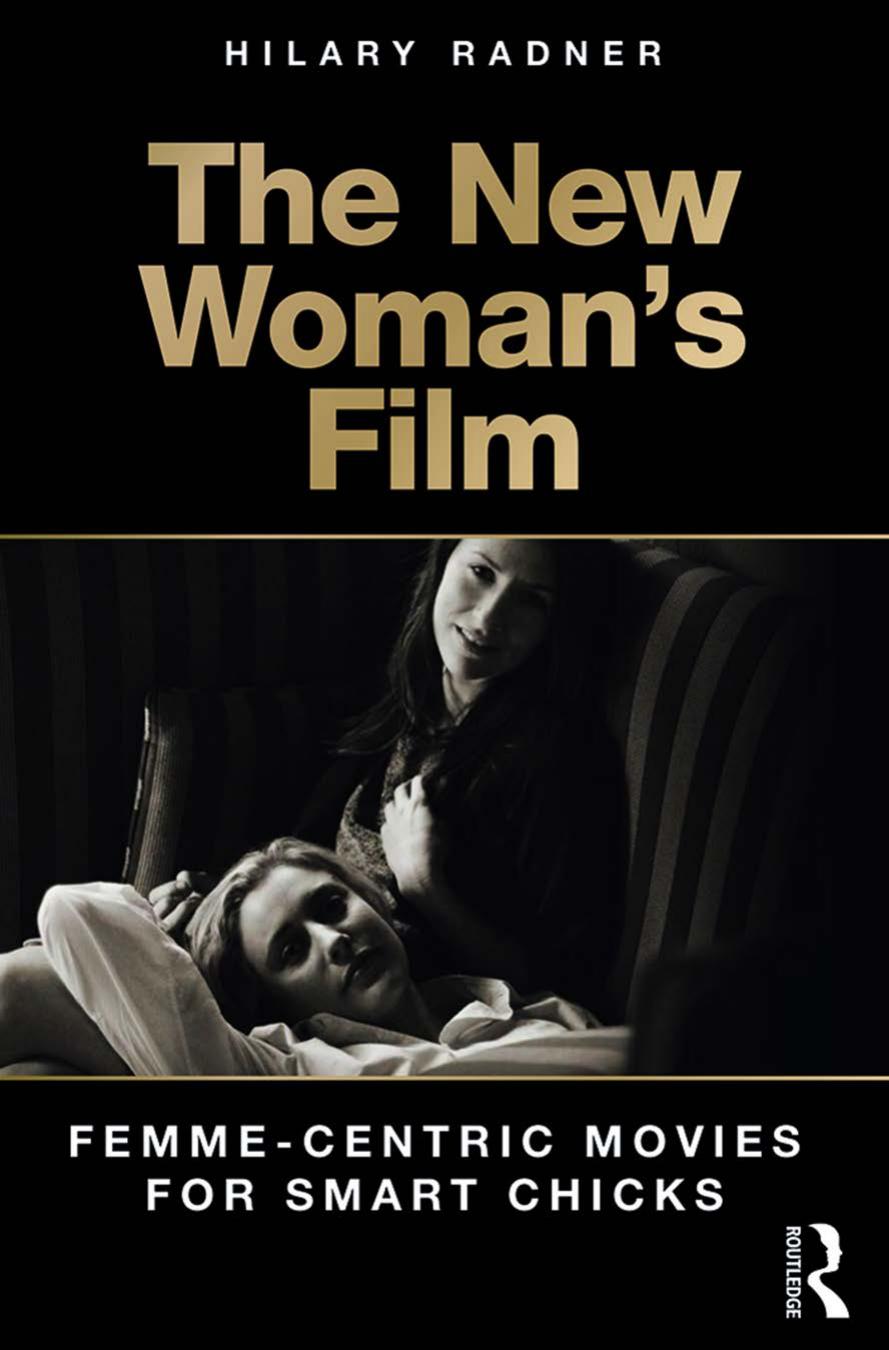The New Woman's Film by Hilary Radner

Author:Hilary Radner [Radner, Hilary]
Language: eng
Format: epub, pdf
ISBN: 9781138186811
Barnesnoble:
Publisher: Taylor & Francis
Published: 2017-02-06T00:00:00+00:00
Androgyny
Variety concluded an extended interview with Swinton by saying: âIndeed, Swinton takes neither her personal nor her professional life too seriously.â Swinton responded: âIâm playful at heartâ¦. And myth-making is always fun.â65 A significant dimension of the Swinton myth is her androgyny. In a public lecture, noted feminist scholar Sneja Gunew announced, perhaps ironically, snorting derisively: âWe are post-woman. Get over it.â66 Swintonâs loudly proclaimed androgyny both supports and undermines this pronouncement. Rather than confirming androgyny as a desirable state, her persona gives expression to a marked anxiety about gender, which suggests that women are far from âover it.â
Her androgyny was formally inscribed in what is still probably her most famous role, that of âOrlandoâ in the eponymous film based on the novel Orlando: A Biography by Virginia Woolf67 and directed by Sally Potter and released in 1992. In this film, Swinton plays a long-lived (or perhaps immortal) aristocrat who at a certain point in his life (depicted as traversing several centuries) changes from a man into a woman. The Sunday Times describes it as âa gender-bending role ⦠in which the main character changes sex after a male identity crisis.â Swinton, however, confided to the London Times that âtalking about androgyny worries me.â68 She explains, âWhat interests me is the common ground, the similarities rather than the disparities.â69 Elsewhere she also comments: âI am trying to fight off the term androgynyâ¦. [I]tâs just a state of limitlessness, so that Orlando at every stage is both and neither.â70
In contrast with the novel and Swintonâs understanding of her role, the film is, paradoxically, an exploration of gender as a fluid and historically defined category, but also a celebration of an essential and embodied femininity literalized through maternity. The director, Sally Potter, made significant changes to the novel, notably giving Orlando a daughter rather than a son, but also stripping her of her hereditary privileges. Thus, by the filmâs conclusion in 1992 (another of Potterâs innovationsâthe novel ended in 1928), âOrlandoâ is portrayed as a happily and sensuously fulfilled woman, playing with her daughter in an idyllic scene frequently noted by feminist scholars.71 Martine Beugnet describes the sequence in an interview with veteran feminist film theorist Laura Mulvey:
[A]t the end of the film, divested of her title and her attendant material possessions, Orlando sits in a field while her small daughter, armed with a video camera, runs about, laughing and filming at random. The result, a sequence of dynamic, motion-blurred images of tall grass, trees, and sky, forms a lively evocation of the little girlâs empathetic and joyful relationship with her surroundings.72
For Beugnet, this âconcluding sequence ⦠neatly summed up the filmâs complex exploration of politics,â in particular with regard to âthe construction of the gaze.â73 In the course of the film, the protagonist as played by Swinton goes from portraying a codified and visually distant femininity that represents âby the book âto-be-looked-at-nessââ74 to this moment in which what Beugnet calls âoptical modes of visionâ75 are replaced by an emphasis on the
Download
This site does not store any files on its server. We only index and link to content provided by other sites. Please contact the content providers to delete copyright contents if any and email us, we'll remove relevant links or contents immediately.
The Kite Runner by Khaled Hosseini(5085)
Gerald's Game by Stephen King(4584)
Dialogue by Robert McKee(4325)
The Perils of Being Moderately Famous by Soha Ali Khan(4171)
The 101 Dalmatians by Dodie Smith(3454)
Story: Substance, Structure, Style and the Principles of Screenwriting by Robert McKee(3399)
The Pixar Touch by David A. Price(3369)
Confessions of a Video Vixen by Karrine Steffans(3246)
How Music Works by David Byrne(3187)
Fantastic Beasts: The Crimes of Grindelwald by J. K. Rowling(2995)
Harry Potter 4 - Harry Potter and The Goblet of Fire by J.K.Rowling(2991)
Slugfest by Reed Tucker(2944)
The Mental Game of Writing: How to Overcome Obstacles, Stay Creative and Productive, and Free Your Mind for Success by James Scott Bell(2847)
4 - Harry Potter and the Goblet of Fire by J.K. Rowling(2657)
Screenplay: The Foundations of Screenwriting by Syd Field(2576)
The Complete H. P. Lovecraft Reader by H.P. Lovecraft(2514)
Scandals of Classic Hollywood: Sex, Deviance, and Drama from the Golden Age of American Cinema by Anne Helen Petersen(2467)
Wildflower by Drew Barrymore(2445)
Robin by Dave Itzkoff(2387)
